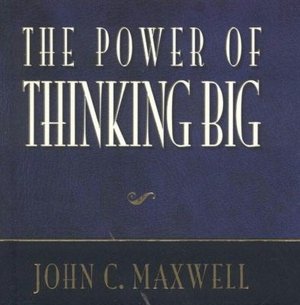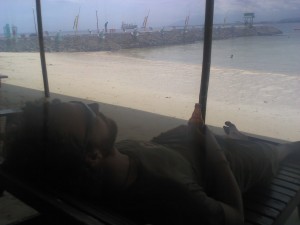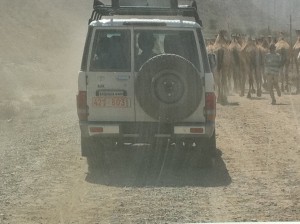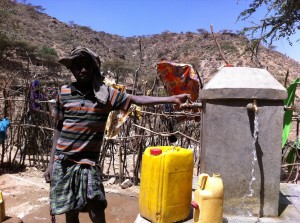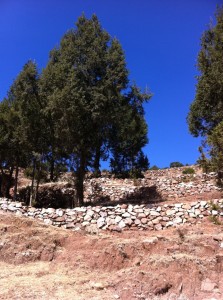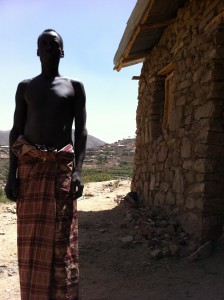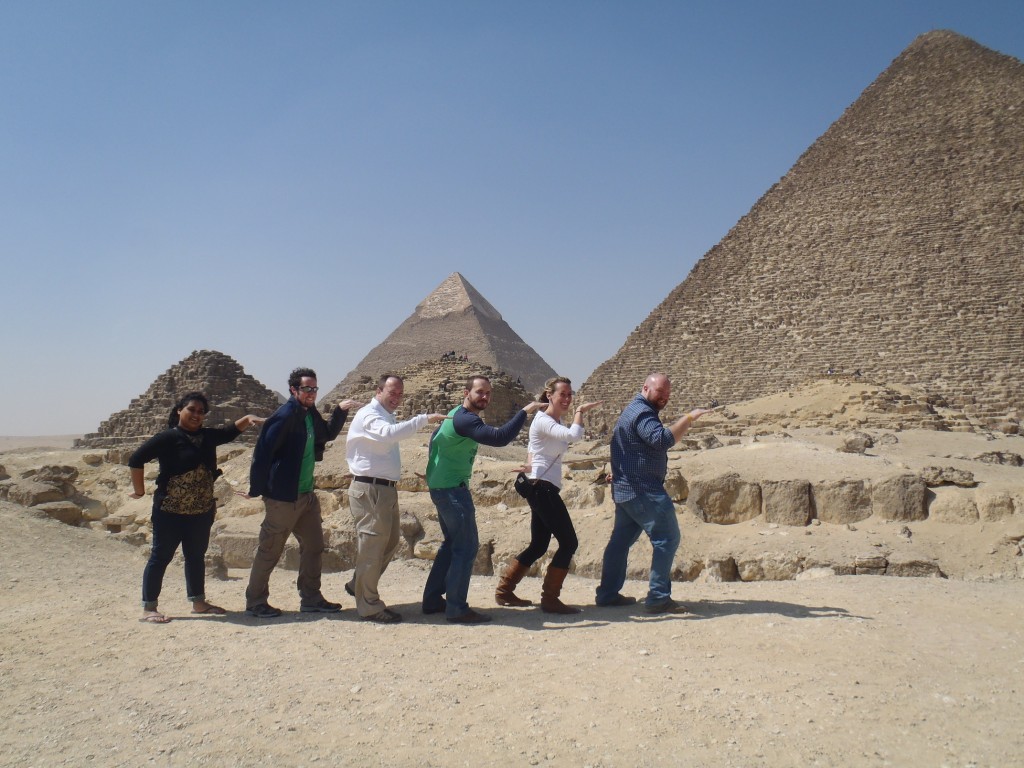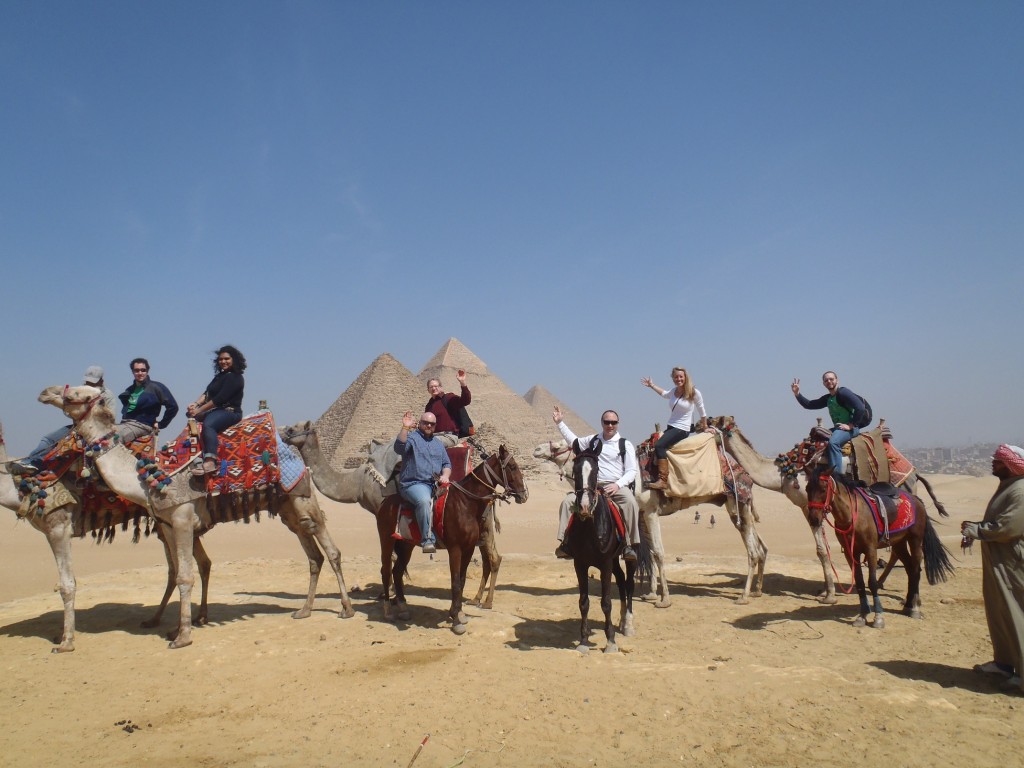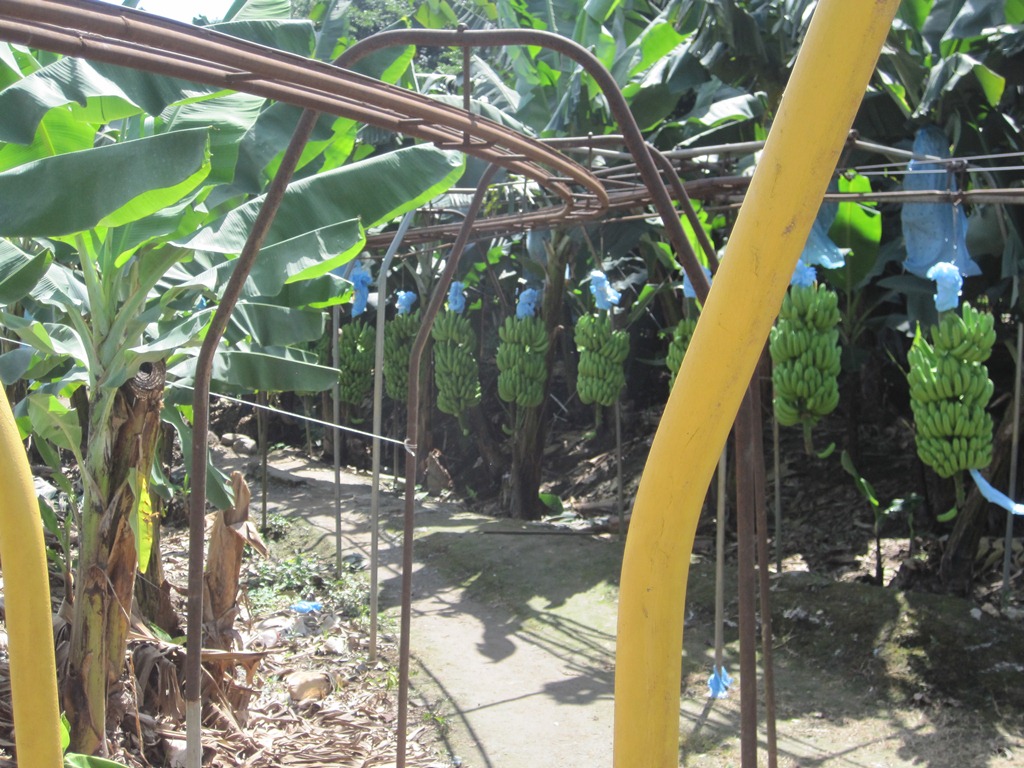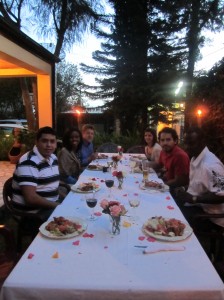And so week two begins. We woke up at 5:30 am bright and early to catch our flight to Manila. Our time in Davao was over and we had to now reconcile what we had learned with our initial thoughts and ideas on the project.
We arrived at the airport in Manila in good spirits with SuHan and Drew leading some flash mob dancing to rally the troops. Nothing like a little random dancing in the airport to get the day started. While driving to the hotel we discovered a hotel called the Lerato (yeah, I’m international) and a club called club Elegante. Seems like we have certainly left our mark here!
The team was also excited to be close to Mr. Poon again – the restaurant close to our hotel, for Mr. Poon had the best mango shakes in the whole of the Philippines (or so we think). Our visit to Mr. Poon’s was further highlighted by the fact that we actually met with Mr. Poon, the owner of the restaurant and took a picture with him! (thanks to SuHan our PR).
Our afternoon meeting was with a small organisation called Revenue watch which deals with revenue transparency in mining. For the past couple of days we have been reflecting on the massive information gap that exists about mining issues. All the information that has been presented to us thus far seems to be tainted by the anti-mining or pro-mining bias of the group that we were speaking to. Meeting with this group was refreshing because they presented the raw facts on mining in the Philippines. What was most surprising for me was what little employment opportunities large-scale mining actually contributed to the economy.
Thereafter, we headed back to our hotels to debrief and plan for the next day. Tuesday should be a thriller for group one (Carole, Lidet and Drew) who will be meeting with the Chamber of Mines in the Philippines.

